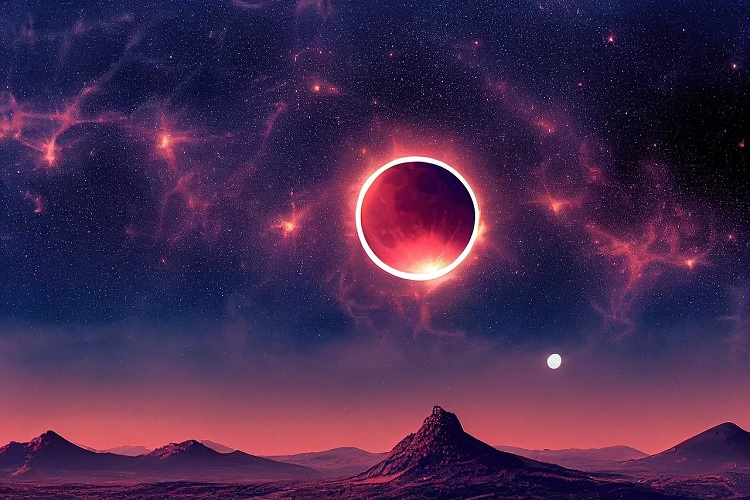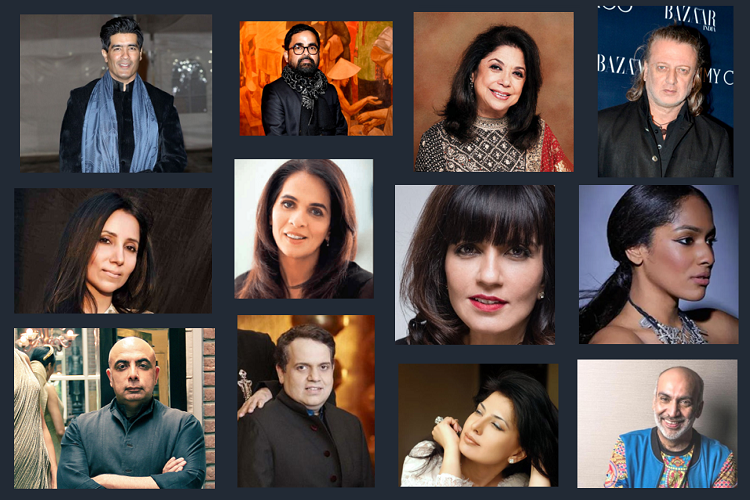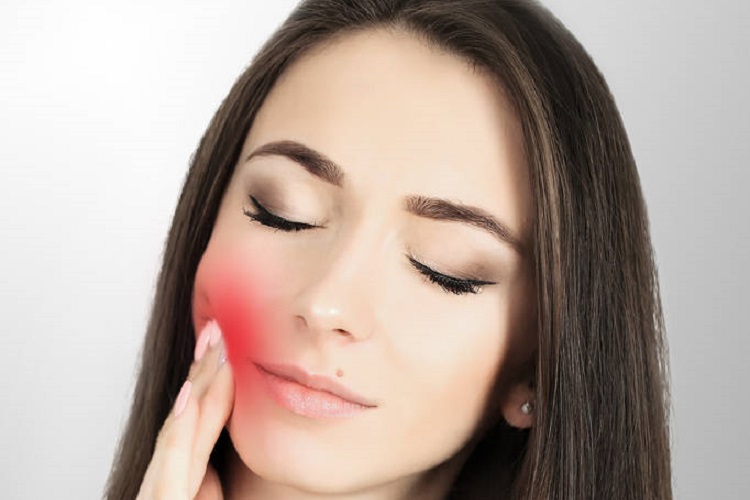The buzz around capturing that elusive eclipse with our trusty phone cameras! While it might seem like a simple and convenient idea, taking pictures of the eclipse using a cellphone can be risky and could potentially harm your precious phone’s camera.
A solar eclipse is no ordinary event; it’s a force of nature at its most intense. The sun’s rays are still remarkably strong throughout an eclipse and can cause harm to your eyes if you look directly at it without appropriate safety glass. Likewise, your phone’s camera lens isn’t spared from harm by the glaring light if left unprotected.
Most phone cameras lack the necessary filters to safely snap a solar eclipse. Their lenses just aren’t up to snuff to block out the sun’s harmful rays. So, trying to photograph the eclipse with your phone is akin to pointing your camera right at the blazing sun, risking harm to your phone’s camera sensor.
Moreover, the extreme light during an eclipse can make your phone’s camera heat up excessively. This overheating may inflict permanent damage on the camera’s sensor, rendering it useless in the long run.
What’s more? Prolonged exposure of your device to direct sunlight while capturing such moments can wreak havoc on its internal components too! The scorching heat from the sun might cause overheating issues or even lead your gadget to shut down unexpectedly.
Things to know before taking pictures of the eclipse
Before you embark on snapping pictures of the eclipse event with your cellphone, here are some crucial pointers you should bear in mind:
Risk Factor:
Remember that while you might catch a glimpse of the breathtaking eclipse with naked eyes, your phone’s camera might not do justice in capturing its full glory—especially true for older or budget-friendly models. To seize high-quality shots of this phenomenon, consider investing in a DSLR camera equipped with a telephoto lens for better results.
The intense sunlight during a solar eclipse poses risks of damaging not only high-end cameras but also cellphone image sensors alike.
Essential Filters:
To safely photograph the sun during an eclipse using your smartphone, ensure you have appropriate solar filters handy. Simply holding up an extra pair of those cool-looking eclipse glasses before your phone’s lens could offer some protection against harmful rays.
When utilizing your smartphone’s camera for taking pictures of the eclipse, remember that employing a solar filter is crucial. This specialized lens shields most of the sun’s intense light—allowing safe viewing and photography.
Without such protective gear, expect blurry or overexposed images due to overwhelming sunlight making its way into lens capture areas—an issue easily resolved by purchasing dedicated solar filters tailored explicitly for mobile devices.
Alternative Approaches:
In case you’re missing out on those essential filters:
- Pinhole Camera: Craft one by cutting out either square or circular shapes from one side of a cardboard box; cover it with aluminum foil secured by tape; poke through this foil-covered opening using a pin; position white paper opposite where images get projected; face pinhole towards sunlight while adjusting distance between hole and paper till clear image appears—thanks to hole acting as makeshift lens projecting sun’s image onto paper.
- Projection Method: Utilize binoculars or telescopes projecting eclipsed images onto flat surfaces—a step up from pinhole technique offering larger detailed visuals alike. Requirements include binoculars/telescope setup along with tripod plus white sheet paper nearby eyepiece; align apparatus towards sunlight focusing till crystal-clear imagery emerges projected onto placed paper inches away from eyepiece view—voila! An eclipsed image materializes before eyes dazzlingly.
Precautions
When it comes to capturing the majestic solar eclipse, precautions are key to safeguarding your phone and ensuring successful photography. Keep the solar filter snugly close to the lens, utilize a Bluetooth trigger or timer mode to prevent any shaking, and avoid prolonged direct exposure of the camera to the sun.
Moreover, it’s crucial to bear in mind that a solar eclipse is a swiftly moving spectacle. The total eclipse lasts merely a few minutes while the partial one lingers for just a couple of hours. This means you must be swift and well-prepared to seize that perfect shot. Practice snapping photos of the sun beforehand to familiarize yourself with the necessary settings and techniques.
5 tips for taking pictures of the eclipse
For those eager shutterbugs looking forward to capturing this eclipse event through their lenses, here are five valuable tips courtesy of NASA:
- Opt for Proper Filters: Employ a solar filter during partial phases for camera protection. However, during totality when the moon fully conceals the sun, ensure you remove the filter to capture captivating shots of the sun’s corona.
- Embrace Multiple Cameras: Many photographers opt for multiple cameras during an eclipse to diversify perspectives and enhance their chances of obtaining remarkable images. Think about utilizing various cameras from different angles.
- Experiment with Pinhole Camera: Craft a pinhole camera obscura to project an image of the eclipse onto another surface using tools like telescopes or binoculars. Alternatively, create one by puncturing a hole in construction paper.
- Rely on Tripods: Enhance image stability and sharpness during longer exposures by employing tripods.
- Explore Timelapse: Set up an additional camera for capturing a timelapse sequence of this astronomical event. This allows you to document environmental changes and unique occurrences during totality without interrupting your primary camera setup.
Remember always prioritizing safety by protecting your eyes with solar viewing glasses throughout all stages of observing an eclipse. Exercise caution when photographing directly at the sun and ensure your camera’s sensor is shielded with suitable filters.
Conclusion
Never compromise on eye or phone safety when embarking on this photographic journey into nature’s marvels! Always equip yourself with proper solar filters or eclipse glasses before attempting photography during a solar eclipse.
Wishing you a safe and delightful experience capturing magical moments during the upcoming eclipse!




